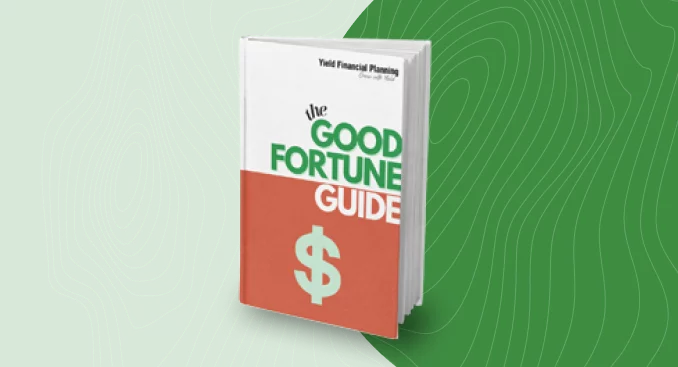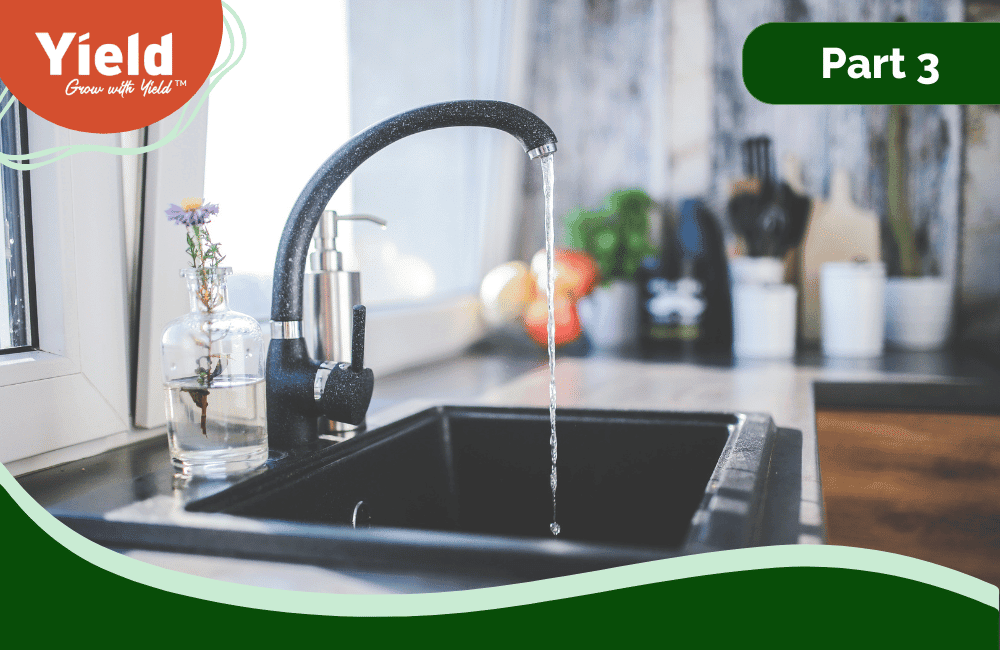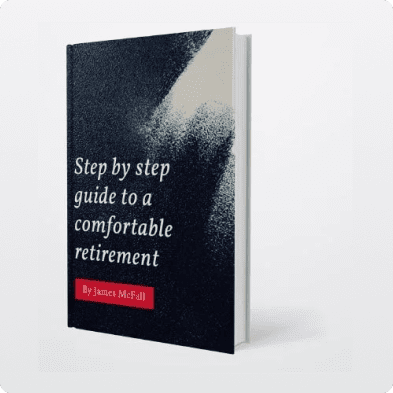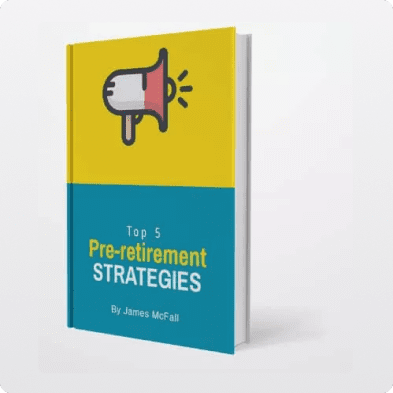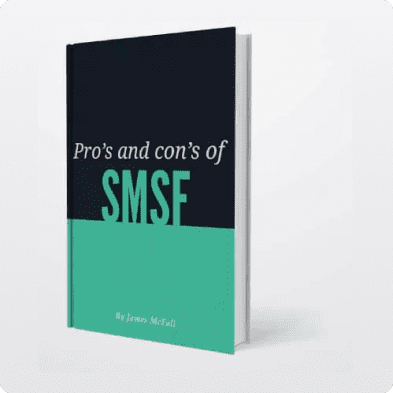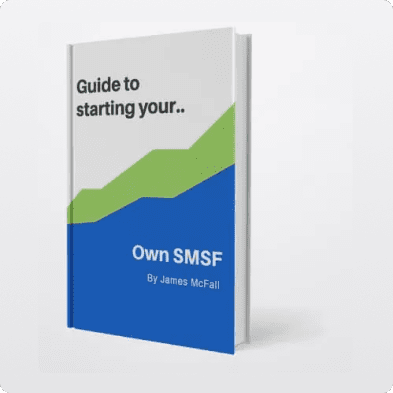Debt is usually a large component of people’s financial situation, and if it isn’t, it usually means they may have taken the steps to minimise its impact. This does not necessarily mean paying down as much as possible as soon as you can. There is a range of financial strategies you could implement to manage this and help you distinguish the difference between good debt vs bad debt.
A Good Money Management System is Like Getting Your Plumbing Right
If the tap you have leaks but your normal usage hasn’t changed, you’ll use more water overall, with the excess literally going down the drain.
It’s the same for your finances and by simply avoiding the waste, you can potentially dramatically improve your overall saving capacity. All while having little or no impact on your lifestyle.
This is part three of our five part blog series in which we will teach you to think like a business owner, by looking at the main ways money leaks from your savings, that can be fixed and then saved for your benefit. These are:
- Reduce your spending with a budget and save
- Legally reducing the tax that you pay
- Managing Debt Costs – By getting the structuring right
- Spending money that makes money
- Protecting your ability to earn income, with insurance
Managing Debt Costs by Getting Your Structuring Right
If you own a home in Australia or investment property, it is almost certain that you’ve had to take on a large amount of debt to get it.
Debt is a way that we make what we want now, achievable sooner. However, it has a trade-off; needing to service the debt and then ultimately to pay it off.
In our experience, poor debt reduction strategies are amongst the most common examples of cash flow leakage that we see every day. Fortunately, they are also one of the easiest things to fix. Simply by using your money more efficiently you can speed up how quickly you reduce your debt and then in turn improve your cash flow. Meaning more money in your pocket instead of the banks!
This article will outline the five best debt reduction strategies, and how you can implement them, as well as helping you differentiate between good debt vs bad debt.
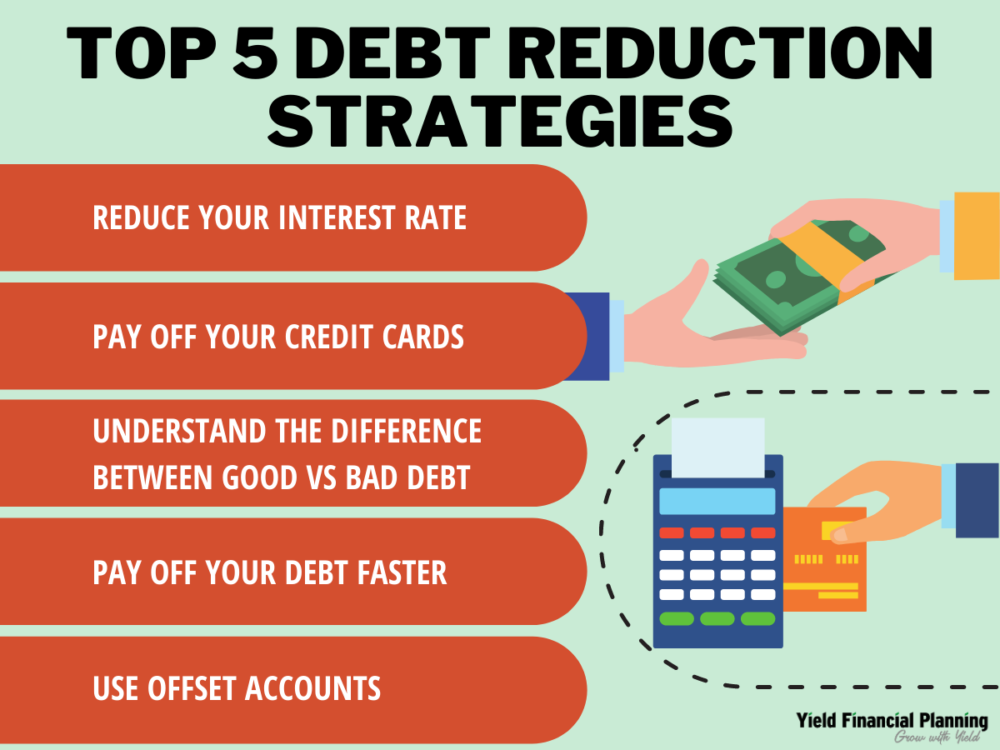
Strategy 1 – Reduce Your Interest Rate
To start with the most obvious first, if you are paying a higher interest rate than you need to be, you are slowing down your ability to repay your loan sooner.
This is not rocket science and everyone knows it, but the reality is that because a review of your lending can be quite onerous, the natural tendency is to put it off. However, given how expensive your debt interest costs amount to be, it should absolutely be a priority. One exercise you should go through is to equate what an annualised interest cost saving would take for you to earn.
Let’s look at a quick example:
Say you have a $500,000 loan, paid down over the standard 25 year period, that is 4% per annum. If you could get this same loan for 3% interest, then after a year, you would have saved $2,500.
If you translate this back to what net income you earn, how long has it taken you to earn this amount? 1 week? 2 weeks?
Valuing an interest saving in the context of what you earn, is a great way of quantifying the value of your time it takes to regularly review it.
Reviewing your loans annually is what we would typically recommend and often moving your lending is not what is needed.
Sometimes simply contacting your bank and requesting a reduction in rate is all it takes to move the dial on your interest rate. If you weigh up the value of your time spent reviewing it each year, it usually makes sense.
Consulting a mortgage expert, like Yield Financial Planners, will help make this process even easier. Contact us if you would like to review your loan interest rate to the market.
Strategy 2 – Pay Off Your Credit Cards
It always surprises me how many people fall into the trap of paying off their credit cards slowly, while they have money available elsewhere. Money either sitting against another loan accruing lower interest, or earning a very low rate of interest in a bank account is even worse, because the interest you earn is then taxable income.
As a rule, it pays to reduce your debt with the highest interest rate first, and credit cards are usually the worst!
Wherever possible you should pay off your credit card in full every month.
Used with this discipline, credit cards actually offer a valuable 28-day interest free period, where your funds can be working elsewhere in the meantime.
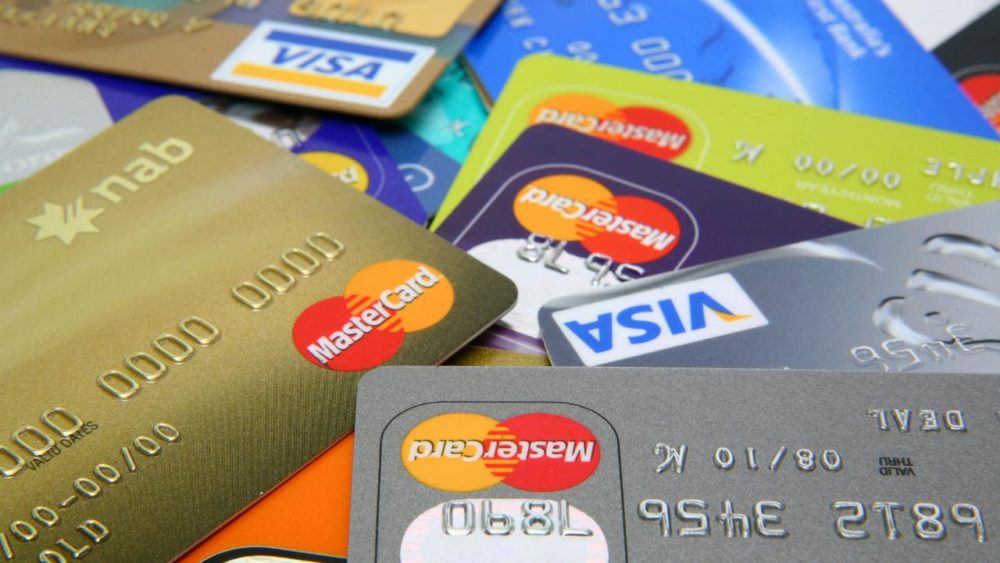
Strategy 3 – Understand the Difference Between Good Debt vs Bad Debt
Allocating good debt vs bad debt is a simple way of describing the purpose of what the debt is for. Broadly, if the purpose of the debt is for an income producing venture, such as an investment into shares, property, or a business, it will be tax deductible and therefore is considered good debt. This is debt you are taking on with the intention of creating wealth that exceeds your borrowing costs.
Bad debt on the other hand, is broadly for lifestyle assets. Interest is not tax deductible and the assets you may buy with bad debt will not produce income and may not appreciate over time. Examples could include a family home, car or consumable items like clothing.
The nuances between good debt vs bad debt is crucial and is one of the key aspects of smart debt reduction planning.
Broadly, it makes sense to focus on reducing your non-deductible debt with the highest interest rate first, before focusing on debt with lower interest rates or on your good debt.
One loan structuring option we always consider is to structure good debt on an interest only basis. This preserves the tax deductible debt and in turn increases cash flow to reduce bad debt faster.
This structuring strategy always needs to be weighed up against the prevailing bank policy and interest rates being offered to determine its suitability.
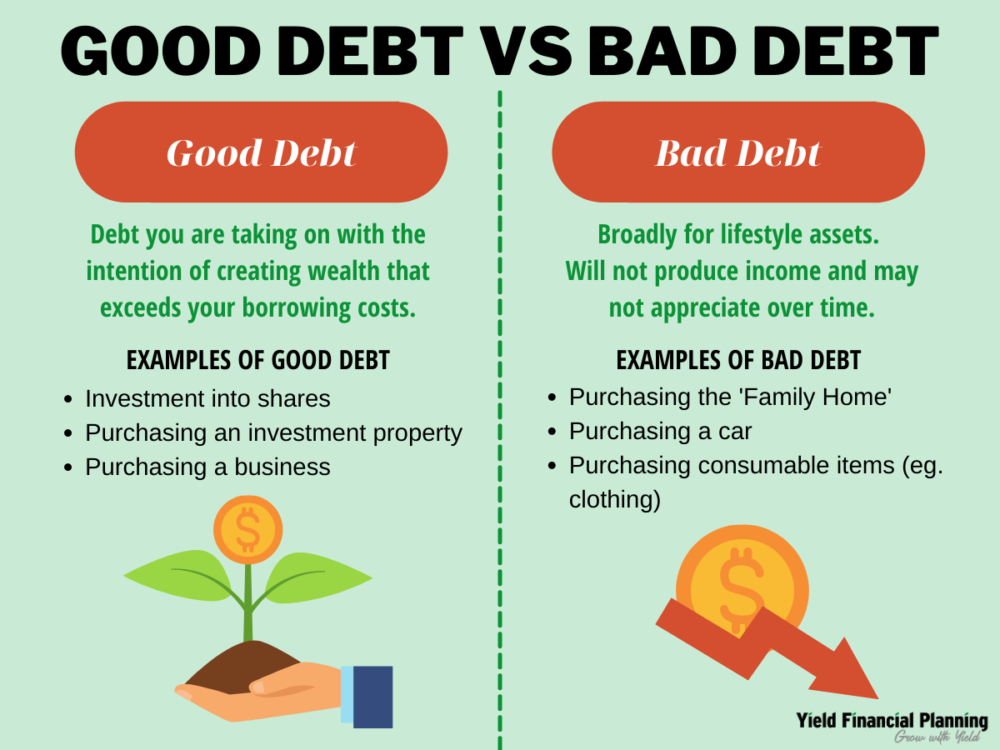
Strategy 4 – Pay Off Your Debt Faster
Debt reduction offers a risk-free rate of return, equal to the interest rate you pay. It therefore provides an attractive alternative to putting money into the bank. Your net cost of borrowing should always be the measuring stick when weighing up an alternative investment choice. IE: the alternative needs to deliver a risk adjusted return that is warranted and suits your situation and objectives.
I should also say that sometimes it may be better to pay off your debt slower, when comparing debt reduction against other investment choices. But the point here is that for the surplus cash you do have, that is not being directed to more productive places, you should ideally find ways to pay off or offset your debt faster.
You should also be trying to increase your regular repayments.
Let’s say you negotiate the 1% interest rate reduction we looked at before, and manage to keep your mortgage payments the same. The outcome would be:
- Minimum monthly @ 4% is $2,639 per month.
- Minimum monthly @ 3% is $2,371 per month.
Assuming you take the loan out over 25 years at a 3% interest rate, but make repayments of $2,639 per month, the result would be that you would pay the loan out in 21 years, 6 months or 3 ½ years faster and save almost $33,000 in interest.
To think like a business owner, you should be looking at your debt reduction in terms of your ‘return on investment’ or ROI.
The longer you take to pay off your debt, the more expensive it will be for you overall and simply by using your money more effectively in the first place, you can make it stretch further for your benefit, to speed up the time it will take for your assets to support your income need, rather than you needing to work for it.

Strategy 5 – Use Offset Accounts
Offset accounts are the most valuable tool you have to aid your debt reduction. Used well, you can manage all of your banking needs through offset accounts and with good loan structuring, you can have all of your capital and cash flow working against your loan.
This will maximise your risk free rate of return on your money and in turn accelerate your ability to repay your loan.
Offset accounts can vary in functionality, but the good ones operate just like regular bank accounts.
For instance, a common bad habit we see is people saving money in a standalone bank account for things like holiday’s, instead of parking it against a loan. It can feel easier psychologically to separate it, but if you have your debt set up properly, you should be able to achieve both.
This is also dependent on how you park your cash against your loan type or facility to save for a holiday.
For example, if your savings go into your loan account and then you redraw on your loan, it is no longer tax deductible if it is an investment loan. Alternatively, if you park it in an offset account and then draw your holiday savings from that, the balance of the loan will remain deductible.
They allow you to manage your day to day cash flow needs, as you normally would. You can link a debit card and a credit card. You can pay your online expenses or manage your bills with direct debit as you normally would.
The difference is, instead of earning a bank interest rate, that is then taxable income in your hands, they offset the loan they are set up against. This means that your net rate of return on your savings is equal to your borrowing cost. This almost always means you are better off, when compared to putting money in a bank account.
In this way, offset accounts are useful when you have bad debt, like a home loan. But where they become even more powerful as a structuring tool is when they are used against good debt.
This is because, while money is accruing in an offset account, it is having the same impact as repaying your loan. But the difference is, if you then need to fund a ‘bad’ debt expense, such as buying a car, the purpose of the funds that the loan was initially for is unchanged.
In other words, if the debt that was being offset was ‘good’ debt originally, then it doesn’t matter that the cost you are incurring is now for a ‘bad’ debt, because the purpose of the funds is unchanged.

Yield Financial Planning is Here to Help
The mortgage landscape is constantly changing and therefore it is important to be fluid with the way you approach your debt repayment. We at Yield Financial Planning are experts in debt and can help you differentiate between good debt vs bad debt. Please feel free to contact us for a strategy health check or to discuss your current plan for the future.


